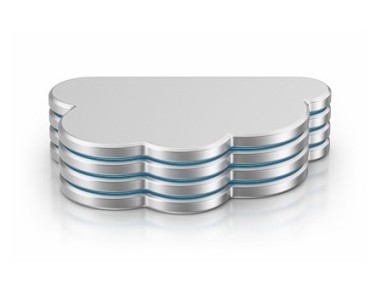Big Data Prefers Bare Metal

Benchmark testing of a database running on bare metal versus virtual public cloud servers found that the physical machines outperformed the virtual machines in terms of throughput and latency when running different big data workloads.
The comparative performance report released this week was commissioned by Internap Network Services and database partner Aerospike. Internap's bare metal servers were compared with high-performance virtual public cloud configurations from Amazon Web Services and Rackspace Hosting. The performance tests focused on "fast big data" workloads running Aerospike's in-memory NoSQL database.
The benchmark tests pitted Internap's four-node cluster of bare metal servers with solid-state drives (SSDs) against AWS's Elastic Compute Cloud (EC2) and Rackspace Performance Cloud Servers.
Not surprisingly, the benchmark tests found that the bare metal server outperformed the cloud servers in three big data workload tests: "inserting data," "balanced" and "read heavy" workloads.
Specifically, the benchmark tests conducted by Cloud Spectator found that bare metal servers outperformed Amazon EC2 by 51 percent and Rackspace by a factor of five for throughput speed when inserting data. For the same workload, bare metal outperformed Rackspace with 77 percent lower latency and AWS with 56 percent less latency.
For the balanced workload (50 percent read, 50 percent update), bare metal ran 50 percent faster than Amazon and 2.7 times faster than Rackspace, the benchmark test found. The Internap server registered 59 percent lower latency than Amazon and 32 percent lower than Rackspace in this big data scenario
For the read heavy workload (95 percent read, 5 percent update), bare metal outperformed AWS by 61 percent and Rackspace by a factor of 2.5. Latency was 51 percent lower than Rackspace and 48 percent lower than Amazon, the benchmarking firm reported.
“Due to the on-demand capacity and elasticity of public cloud infrastructure, many organizations using NoSQL databases for the real-time collection and analysis of massive amounts of data have opted to host their environments in public clouds,” Danny Gee, CIO at Cloud Spectator, noted in a statement. “However, our benchmark tests suggest that these types of environments can benefit from price/performance advantages when running on bare metal infrastructure.”
Cloud Spectator specializes in analyzing cloud performance for Infrastructure-as-a-Service providers.
While it's hard to draw broader conclusion from the big data tests, one take-away from the benchmark tests is that the dedicated processing resources of physical servers appear to provide more consistent performance than virtual cloud servers. What remains unclear is whether the same performance results would be obtained in other scenarios.
The Cloud Spectator study noted that bare metal servers with SSDs tend to be used in data intensive applications for analytics platforms. In these scenarios, NoSQL databases store and process user profiles, cookies, and behavioral data in real time.
Hence, the study concludes, physical hardware outperforms virtual cloud servers, at least in the narrow instance of running NoSQL workloads.
The bottom line from the benchmark tests: "For a high-performance, transaction-intensive NoSQL database such as Aerospike that parallelizes processing across cores and SSDs, dedicated hardware and strong internal network connections deliver a marked difference in performance relative to virtualized public cloud environments," the study's authors asserted.
Related
George Leopold has written about science and technology for more than 30 years, focusing on electronics and aerospace technology. He previously served as executive editor of Electronic Engineering Times. Leopold is the author of "Calculated Risk: The Supersonic Life and Times of Gus Grissom" (Purdue University Press, 2016).












